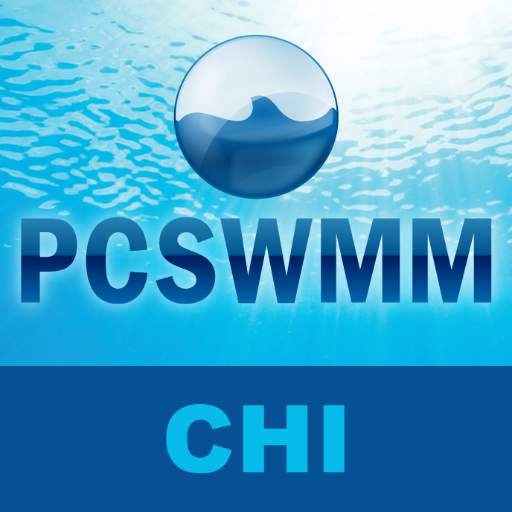

The study will identify areas where increased data collection could improve the model parameterization. Methods, calibration targets, and challenges encountered when defining groundwater interactions and stage-storage relationships will be highlighted. It is designed to work with any version of SWMM. First developed in 1984, and continuously updated and supported since then, PCSWMM provides a comprehensive set of productivity tools that enhance and extend the SWMM modeling environment.
CHI PCSWMM SOFTWARE
Advanced modeling software for stormwater, wastewater, watershed and water distribution systems. PCSWMM 2000 is the most recent release of our decision support system for SWMM.
CHI PCSWMM DOWNLOAD
Continuous monitoring data was used for calibration and validation of the models. Download CHI - Version PCSWMM - Advanced Modeling Software - Brochure. The objective of this study was to explore options for incorporating and defining wetlands in PCSWMM, select groundwater interaction parameters, and optimize the process for creating a calibrated catchment-wetland model using known seasonal wetland water levels. The modelling went beyond quantifying changes in surface runoff and infiltrated water on the catchments to include the wetlands and predictions of their hydrologic response to urban development (i.e. Knowledge gained from wetland water balance analysis informed the development of PCSWMM models. CHI is excited to announce we have released PCSWMM 7. A wetland water balance study has been conducted to develop reference hydrologic regimes for two wetlands in Pickering, Ontario. Hydrologic analysis is important to demonstrate that a development will not have negative impacts on wetlands. That's why, since 1978, we've shown devotion - not only to supporting our valued. Wetlands in Southern Ontario are experiencing degradation from urban development. At CHI, we feel that the quality of life is highly dependent on the quality of the local water environment.


 0 kommentar(er)
0 kommentar(er)
